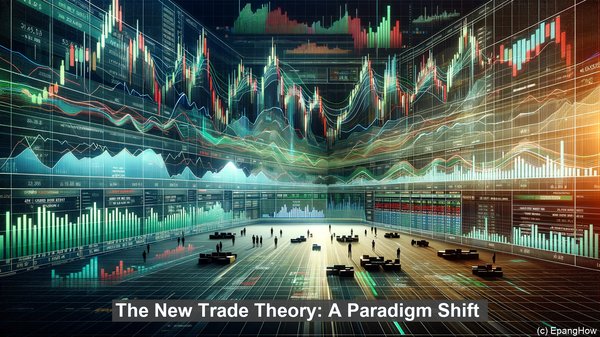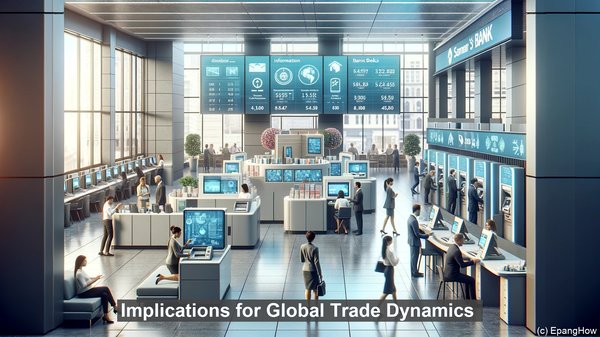Introduction: Unveiling the Trade Theories
Hello everyone! In the realm of global trade, theories play a pivotal role in shaping our understanding. Today, we’ll explore the contrasting perspectives of the New Trade Theory and Traditional Trade Theory, and how they contribute to comprehending the intricacies of international commerce.
Traditional Trade Theory: The Foundation
Traditional Trade Theory, dating back to the pioneering works of economists like David Ricardo, revolves around the concept of comparative advantage. It suggests that countries should specialize in producing goods they can produce most efficiently, and then engage in trade to acquire other goods. This theory emphasizes the importance of factors like labor, resources, and technology in determining a nation’s trade patterns.

The New Trade Theory: A Paradigm Shift
In contrast, the New Trade Theory, which emerged in the latter half of the 20th century, introduces additional dimensions to the trade equation. It acknowledges the role of economies of scale, product differentiation, and imperfect competition. According to this theory, companies that can achieve economies of scale by catering to a global market may have a competitive advantage. It also highlights the significance of government policies and strategic trade interventions.
Trade Patterns: Traditional vs. New
While Traditional Trade Theory primarily focuses on explaining trade patterns based on comparative advantage, the New Trade Theory offers insights into why certain industries or regions become trade hubs. For instance, the presence of a dominant firm in a particular industry can lead to a concentration of production in a specific location, creating a cluster effect.
Implications for Global Trade Dynamics
The contrasting perspectives of the two theories have significant implications for global trade dynamics. Traditional Trade Theory suggests that trade liberalization and removal of barriers can lead to overall welfare gains. On the other hand, the New Trade Theory highlights the potential benefits of strategic trade policies, such as subsidies or tariffs, to enhance a nation’s competitiveness in specific industries.

